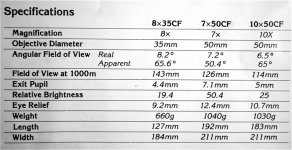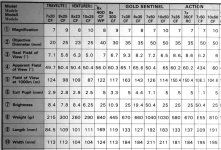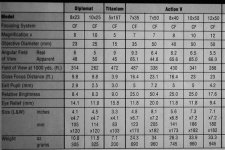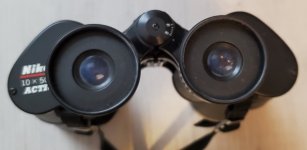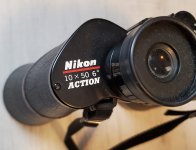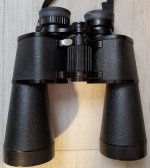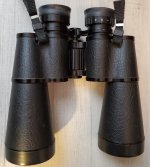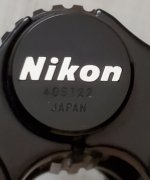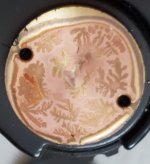I wanted to revive this thread simply because I received a Nikon Gold Sentinel 7x35 yesterday evening. I have not yet compared it to the Nikon Action WF 7x35 but plan to do so right after work.
They do appear to be the same bin on casual inspection. The images certainly are similar but until I do a side by side I don't want to comment further. What I do want to comment on is the feel. The Gold Sentinels feel heavier. I would question whether the Sentinels had the plastic barrels or if that was something that only the original Action version had.
..and, for what it is worth, I also picked up the Naturalist II "Action" 7x35. I am assuming this was the next Action version in the lineup? The field of view is narrower at only 8.6 degrees but is seems to share a similar overall design/style.
Just reviving an older thread, and these older Nikon Action porros are very good,
and it seems clear they are superior to the newer versions.
I recently purchased a very nice, used 7x35 WF 9.3, and am very impressed.
The wide sweet spot is a treat, and Frank, your post was the one that put
me on the trail.
Henry, thanks for your resolution scores, I agree, these seem first rate to me.
At this point, coatings do not mean as much as optic design.
My direct comparison is with the Nikon Action Naturalist II, 7x35, 8.6,
and the WF 7x35, is much better.
I have also owned the newer Action 7x35, another step down, that one
I gave to my daughter.
Is there an older Nikon porro in the 10x50 size that has the quality
optics of these mentioned?
Jerry




